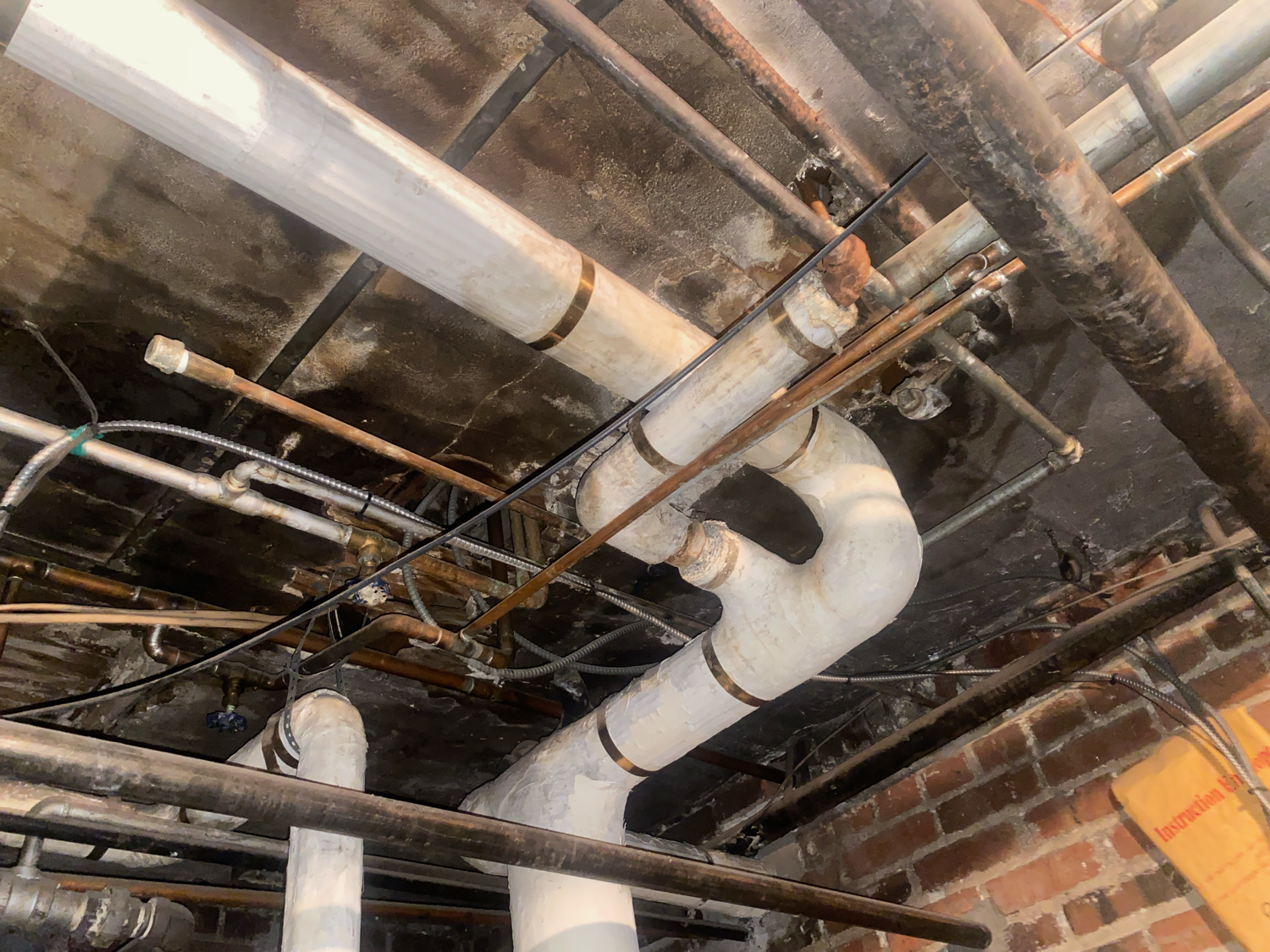Asbestos is a hazardous material that is commonly used in various building materials. One of the most dangerous aspects of asbestos is that it cannot be identified by sight alone. Despite its significant health risks, asbestos fibers are microscopic and invisible to the naked eye, making it impossible to determine their presence just by looking at a material.
Many common building materials, including wall texture, insulation, floor tiles, ceiling tiles, drywall, joint compounds, carpeting, and much more may contain asbestos. These materials often look identical to non-asbestos versions, further complicating visual identification. The only reliable way to confirm the presence of asbestos is through professional testing.
State certified inspectors can safely collect samples from suspected materials and have them analyzed in a laboratory. This process involves using specialized equipment to detect the presence of asbestos fibers. Without this testing, you cannot be certain whether a material contains asbestos, and disturbing it without knowing can release harmful fibers into the air.
Given the severe health risks associated with asbestos exposure, such as lung cancer, mesothelioma, and asbestosis, it is crucial to test for asbestos before beginning any renovation or demolition work. Relying on visual inspection alone is not enough to ensure safety.

